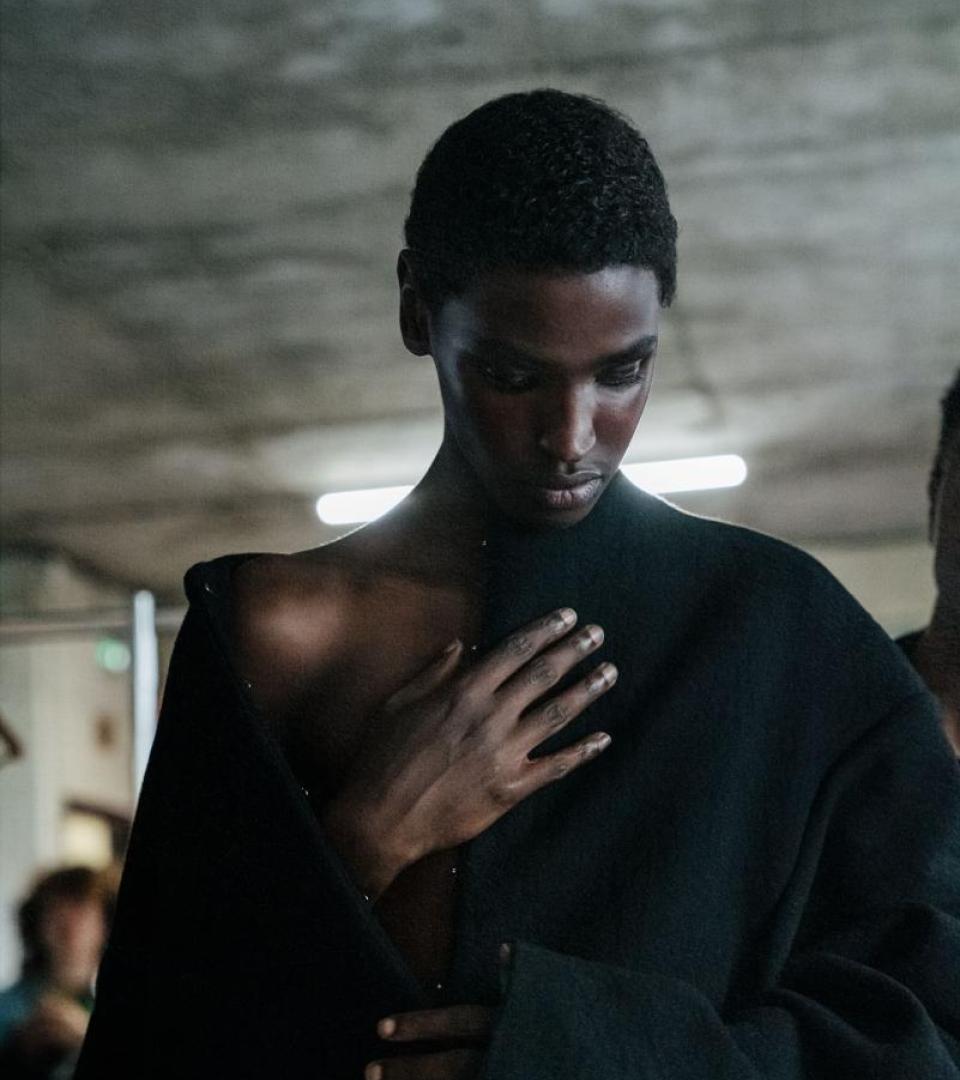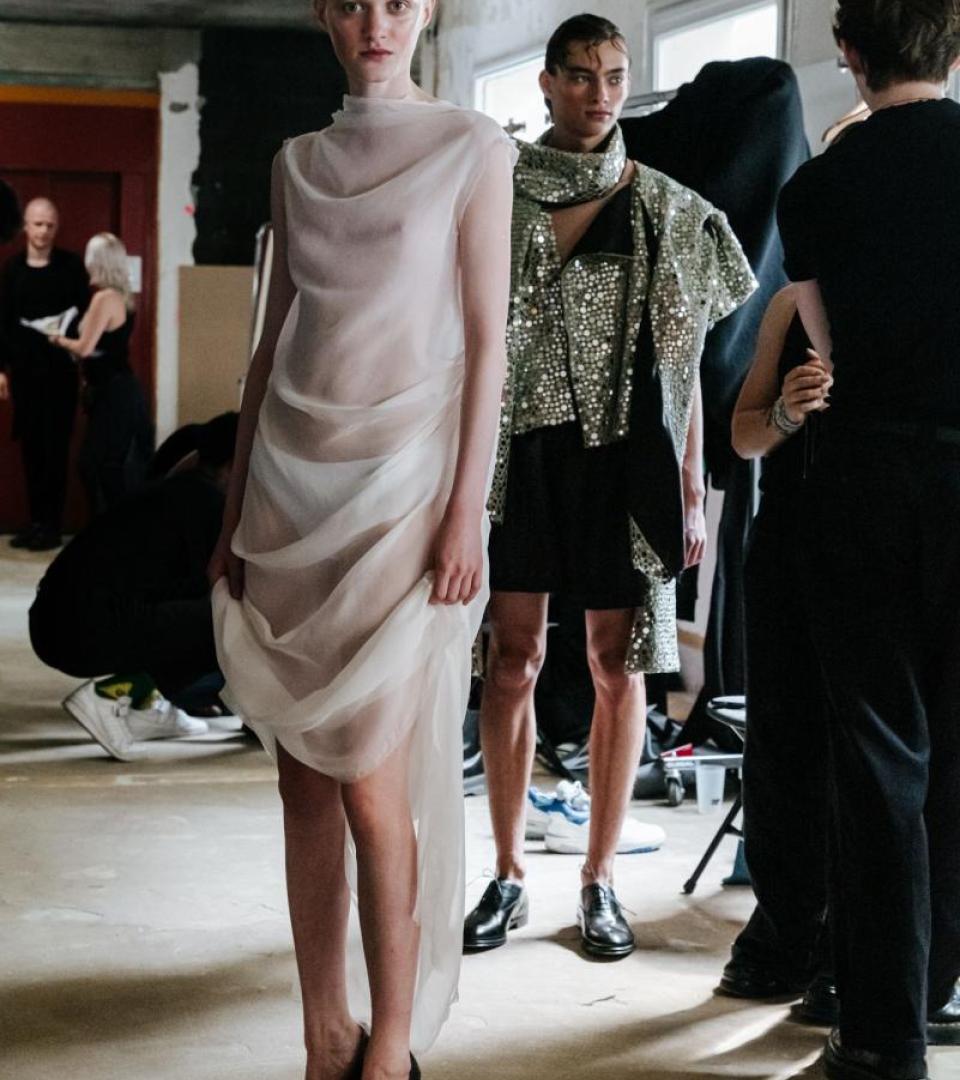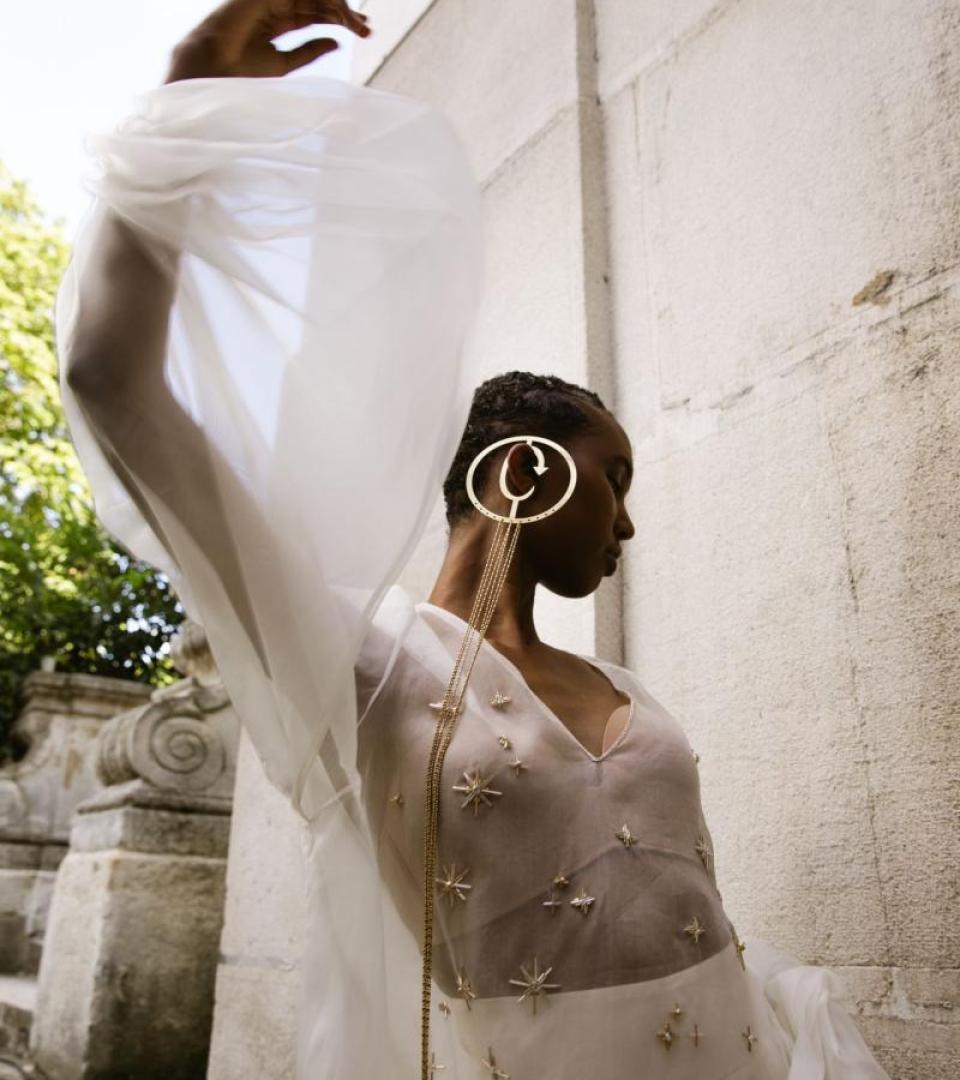Isabelle Tardieu: "It is essential to genuinely know the artists whose credibility is being engaged to develop a relevant brand collaboration."
Her career has been driven by a constant curiosity to explore and actively participate behind the scenes of creation. From music at Warner to pop culture at BETC, then to culture more broadly at Museum Studio, and now as an independent consultant, she acts as a translator between the creativity of artists and the challenges of brands and institutions. With the desire to build cultural projects that break down disciplinary barriers, attract and include diverse audiences, and always open new stages for emerging creation.
"I was taught a great appreciation for the work of artists, and as a result, it attracted me very early on. Then curiosity became a reflex, almost a form of addiction to discovery, to that feeling of growing tinged with the joy of knowing that you'll be able to listen to or admire the works of an artist or movement you knew nothing about just minutes earlier." This sensitivity runs through Tardieu's entire career - nearly twenty years of combining artists' creativity with the challenges and desires of brands and institutions. She began at Warner Music France in 2007, where she discovered how to support artists and learned to understand their intentions. "At Warner, I worked with both developing artists like Foals or Lykke Li at the time, and very well-known artists like Tracy Chapman, Red Hot Chili Peppers, Laurie Anderson, or David Byrne, the singer of Talking Heads. It was fascinating." As Label Manager, she learned to tell and spread the story of an album even before its release. "For each project, there are artistic intentions that need to be conveyed through visuals, music videos, events, and social media, to allow that story to emerge and be understood by the public." She also discovered an industry in transformation. "The music industry was the first cultural industry to be disrupted, with piracy, business model problems, the development of D2C, and the arrival of streaming. We had to be very creative, digitalize everything, capitalize on social media hungry for music, and imagine collaborations, events, and new revenue sources. I sometimes find myself dealing with fashion and perfume brands on issues I was already working on ten years earlier in music." This disrupted world makes artists particularly receptive to original brand proposals that respect their artistic intentions.
"At BETC, I was the translator between the creative intentions of artists and the challenges and desires of brands."
She joined BETC, one of the world's most creative advertising agencies, in 2011 as Strategic Music Planner, then co-founded POP in 2014, the agency's pop culture consulting and production division, becoming its Associate Director. There, she oversees collaborations between artists and brands while respecting everyone's desires and intentions. For eight years, she develops cultural strategies for Courrèges, Lacoste, YSL Beauté, Beats by Dre, and Hennessy, and notably contributes to the development of the Air France Music program. "It was a beautiful program to tell the story of the French Touch through music." She works with Phoenix, Sébastien Tellier, and Caroline Polachek, among others, to create original works. "We wanted to work with Sébastien Tellier and the creative concept involved a duet. We asked him who he dreamed of collaborating with. He told us about Caroline Polachek." A collaboration that wouldn't have happened without this project. "It's important to dialogue with artists because you need to know how they work, what makes them dream, what their unfulfilled projects are. Creative agencies develop wonderful ideas, but they never have as much resonance as when they're combined with the right choice of artist and align with their creative challenges: everything comes together to create a project that an artist is proud to carry."
In March 2020, she became a partner at UZIK, an independent creative agency specializing in music, culture, and events, creator of the Calvi on the Rocks festival. There, she develops cultural strategies and events for brands like the Hermès Foundation, Isabel Marant, Boucheron, Adidas, and YouTube. In parallel, from 2021 to July 2023, she even co-curates the festival's artistic programming. Her support of artists plays out on multiple levels, including closely managing a single artist. From 2014 to 2023, she thus managed Canine, an artist signed to Polydor/Universal who has accumulated over 10 million streams and with whom she developed live performances in heritage venues. "She's a talented woman, very creative, who has things to say. For her concerts, we sought out venues that matched her image like the Centre Pompidou, the Musée d'Orsay, or the Saint-Eustache Church." A way to create surprise, bring together different audiences, and break down barriers. In parallel, she was actively involved in MEWEM, a mentoring initiative for women entrepreneurs in music. In September 2023, she became France Director of Museum Studio, the global leader in cultural engineering and production for cultural institutions. There, she leads major projects for international fashion and luxury brands, foundations, and the Grand Palais Immersif in Paris. This institutional dimension further expands her scope.
"I firmly believe in developing a brand's cultural footprint that responds to a clear editorial line, but isn't constrained by format. You have to start with what you want to say before committing to a format or discipline."
Since January 2025, Tardieu has been working as an independent consultant. "I'm fortunate to work with artists and cultural institutions I love, while continuing my passionate work with brands." The goal is to design each brand strategy or cultural event by crossing their DNA, the market, the artistic ecosystem, and target audience insights. "I don't start from the constraint of format or discipline when designing brands' cultural expressions, which allows me to be more precise in expressing the chosen editorial line." What guides her projects is first thinking about them for the public, with generosity: "Creating brand events, exhibitions that are self-contained and could just as well be a shop window—that serves no purpose, it touches no one. You have to put the visitor experience at the heart of your work, offer different ways of reading, propose different emotions: aesthetic, entertaining, useful, and instructive. I find it interesting when throughout the journey, you go through these different states. This allows you to meet expectations, which differ depending on the audience." This approach also creates surprise, an essential element for her. "I think about all the points of contact between the public and the venue or brand. Each unexpected turn, each surprise and unexpected generous attention contributes to creating a different relationship with the public." At the heart of her approach: cultural porosity, when disciplines intersect. "I like bringing in new audiences. Offering pop cultural programming, music, cinema, live performance in museums - this creates opportunities to introduce people to an institution and its exhibitions, while giving regulars reasons to return." This desire to break down barriers also aims to demystify access to culture. "I've witnessed internalized prohibitions, people who tell themselves these places aren't for them. It's very important to me to include them, to tell them it is for them."
Reuben Attia



